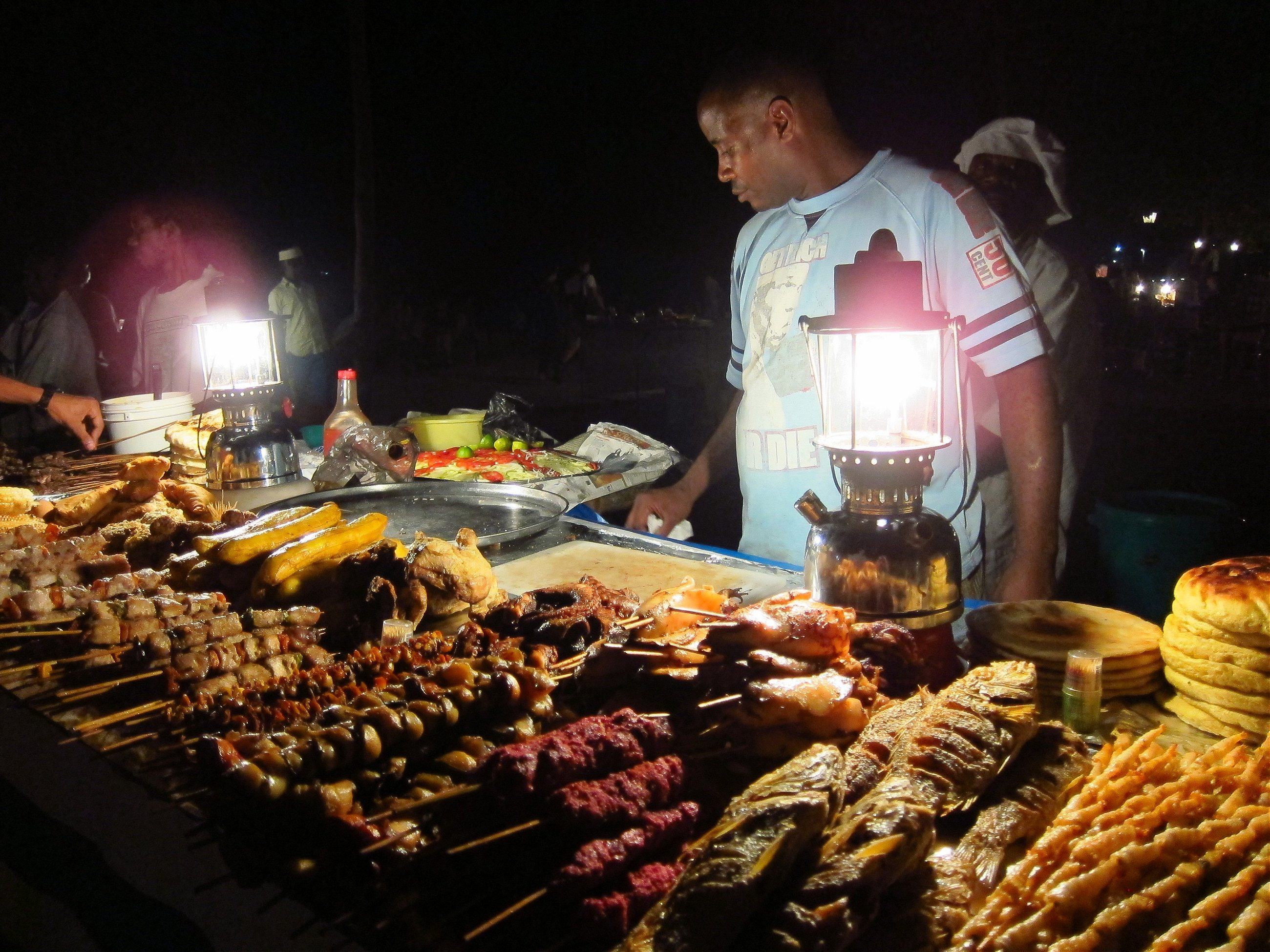Getting lost in Stone Town and getting on Swahili time: smart travel on the Spice Islands.

Zanzibar isn’t like the mainland. The semi-autonomous archipelago is a 23
-mile hop from mainland Tanzania, and although it is officially part of the East African country, in almost all aspects—politics, religion, culture, food—life there is different. As a base for traders from the African Lakes region, India, and the Arabian peninsula, Zanzibar became a hub for the region’s slave and spice trades. Most Zanzibaris consider themselves Zanzibari rather than Tanzanian, and their territory has its own leader and governing bodies. Mainland Tanzania is a mix of Christian, Muslim, and indigenous groups, but Zanzibar, which the Sultanate of Oman ruled for centuries, is almost entirely Muslim. (The Sultanate had in turn wrestled the islands from the Portuguese – and much later they became a British protectorate, until Zanzibar’s independence in 1963.)

Get on Swahili time. Time-keeping is initially confusing, but actually makes a lot of sense. In Swahili culture, people start counting time at sunrise rather than at midnight, which means that 7 a.m. Western time is one o’clock in the morning Swahili time, and 7 p.m. is one o’clock at night. (This works because sunset and sunrise times are relatively constant year-round, since Zanzibar is so close to the equator.) A trick to decipher this code is to imagine drawing a line directly across a clock face: three becomes nine, four becomes ten. When arranging meeting times, it’s best to specify the time of day you’d like to meet—morning, afternoon, evening, night—that way, even if your numbers are off, chances are you’ll still connect.
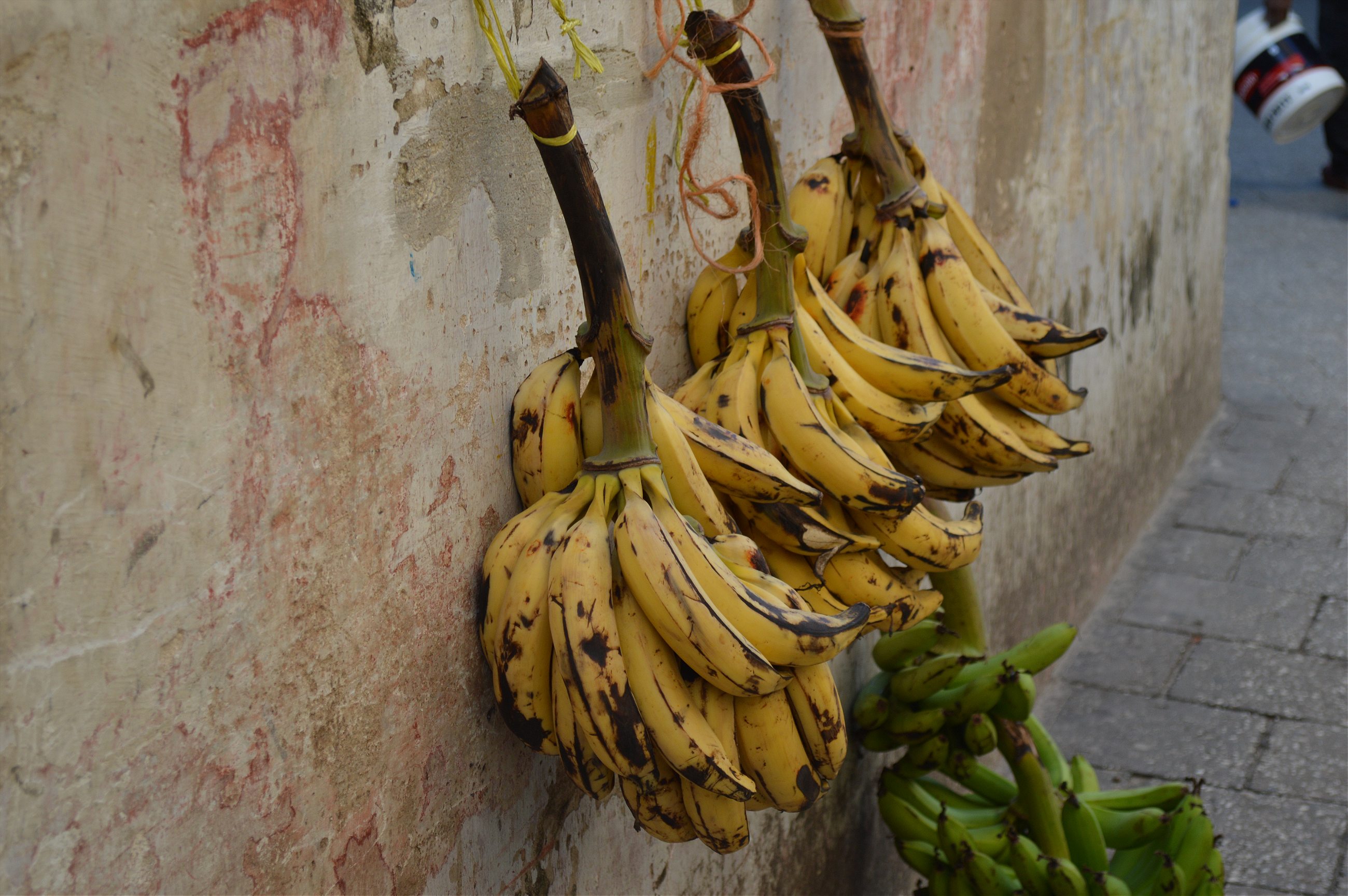

Don’t fear the (high-speed) ferry. Transit to Zanzibar happens by plane or boat, most likely departing from Dar Es Salaam. The plane ride involves about half an hour of cruising in a shaky Cessna, but the ferry is cheaper and can be a far more pleasant experience. The high-speed boats run four times a day each way, take about two hours, and a ticket will run you less than half of what it costs to fly. Don’t be deterred by exaggerated travel advisories mentioning capsizing vessels—the high-speed boats are safe, modern, and comfortable. Oddly, the 2013 movie Captain Phillips—a Hollywood retelling of an actual 2009 Somali-pirate hijacking—is often the preferred on-board entertainment. If it’s nice out, or you’re prone to seasickness, the top deck is breezy and has the best views.
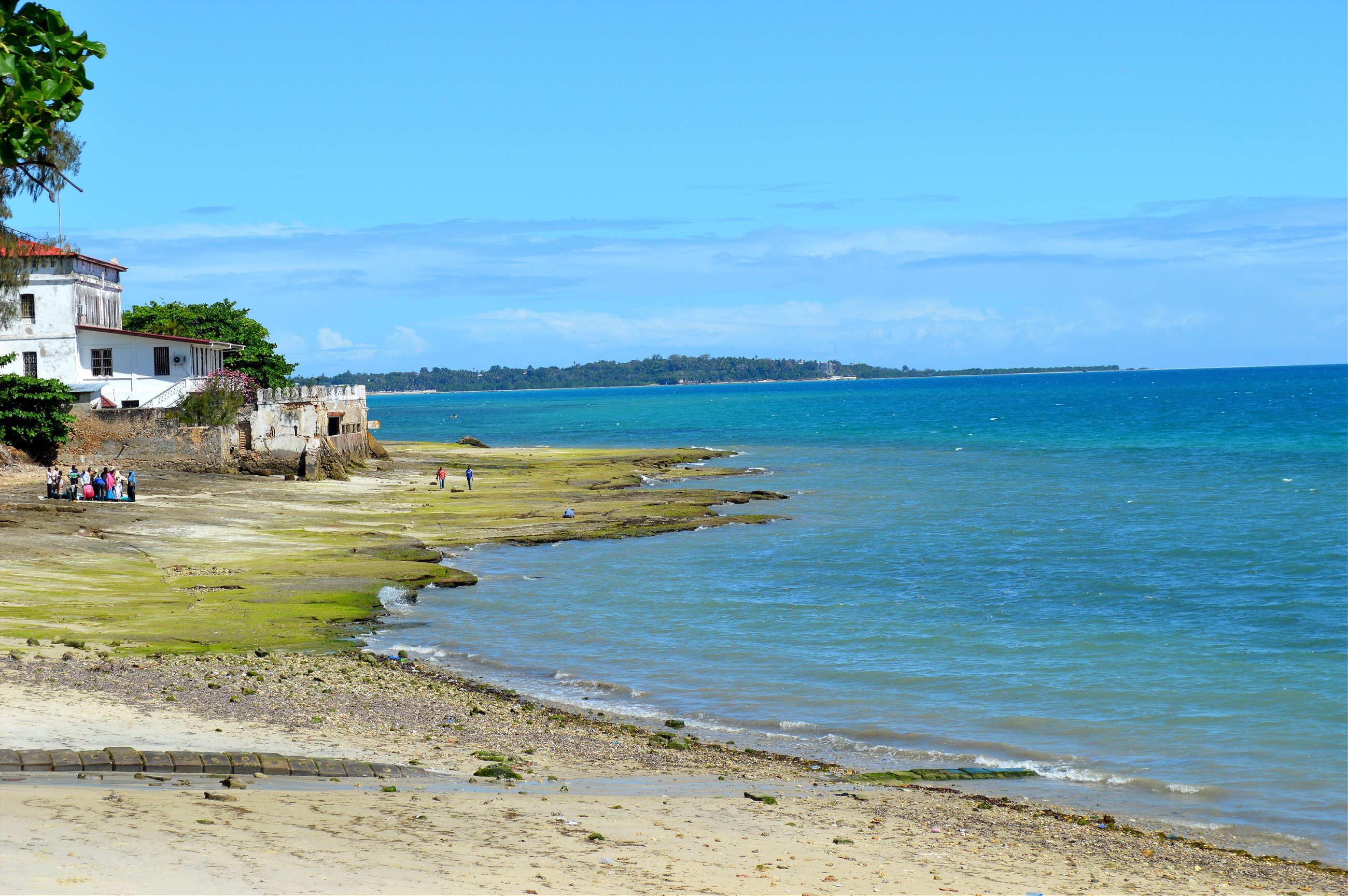

Greetings matter. Stop and say hi: Swahili is an easy language to pick up, and the initial learning curve is quick. Learning just the basics will take you pretty far. Don’t assume the constant streetside attention from people is an attempt to sell you something, or trap you into taking some sort of tour—that does happen, but saying hello is also an important part of the local culture. The “Mambos” and “Jambos” are often just that, so it’s a good idea to say hello back. It might be initially overwhelming, but it’s nice to realize that so many strangers will take the time to acknowledge your presence and ask you about your day. (A “Shikamoo”, usually reserved for those you don’t know, your elders or superiors, is a respectful greeting that locals will appreciate.)
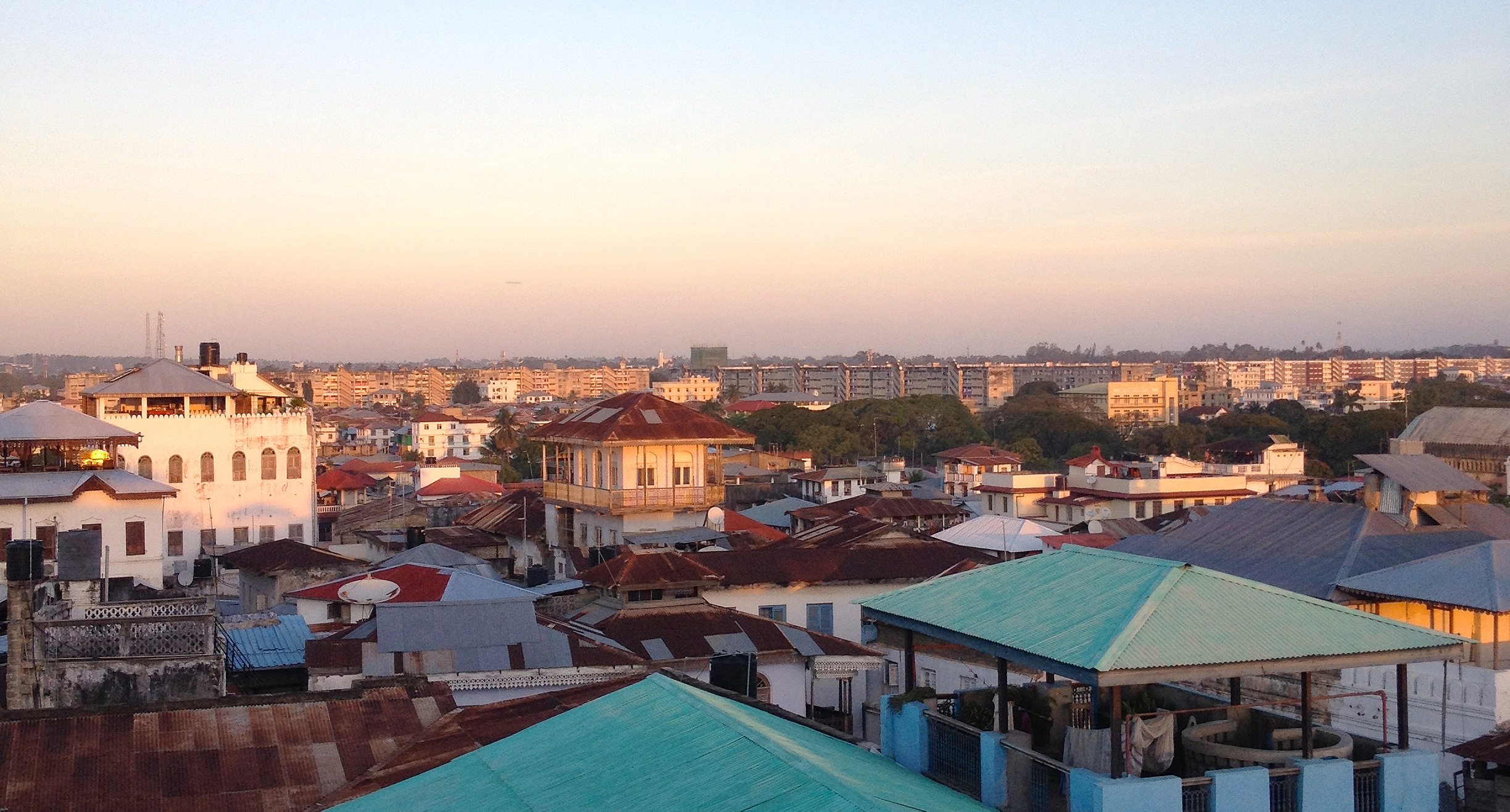

Get lost in Stone Town. The ancient city—declared a UNESCO cultural heritage site in 2000—is charming, but it’s basically a maze. The act of receiving directions through the town’s winding alleys usually involves a series of confusing hand gestures and head nods, and will probably not get you where you want to go any faster. There are street names, sort of, but no one really uses them. The bright side is that Stone Town is small and safe, and not knowing where you’re going is part of the experience. Locals are helpful, so you can ask for directions as many times as you want, but sometimes it’s best to let yourself get lost.
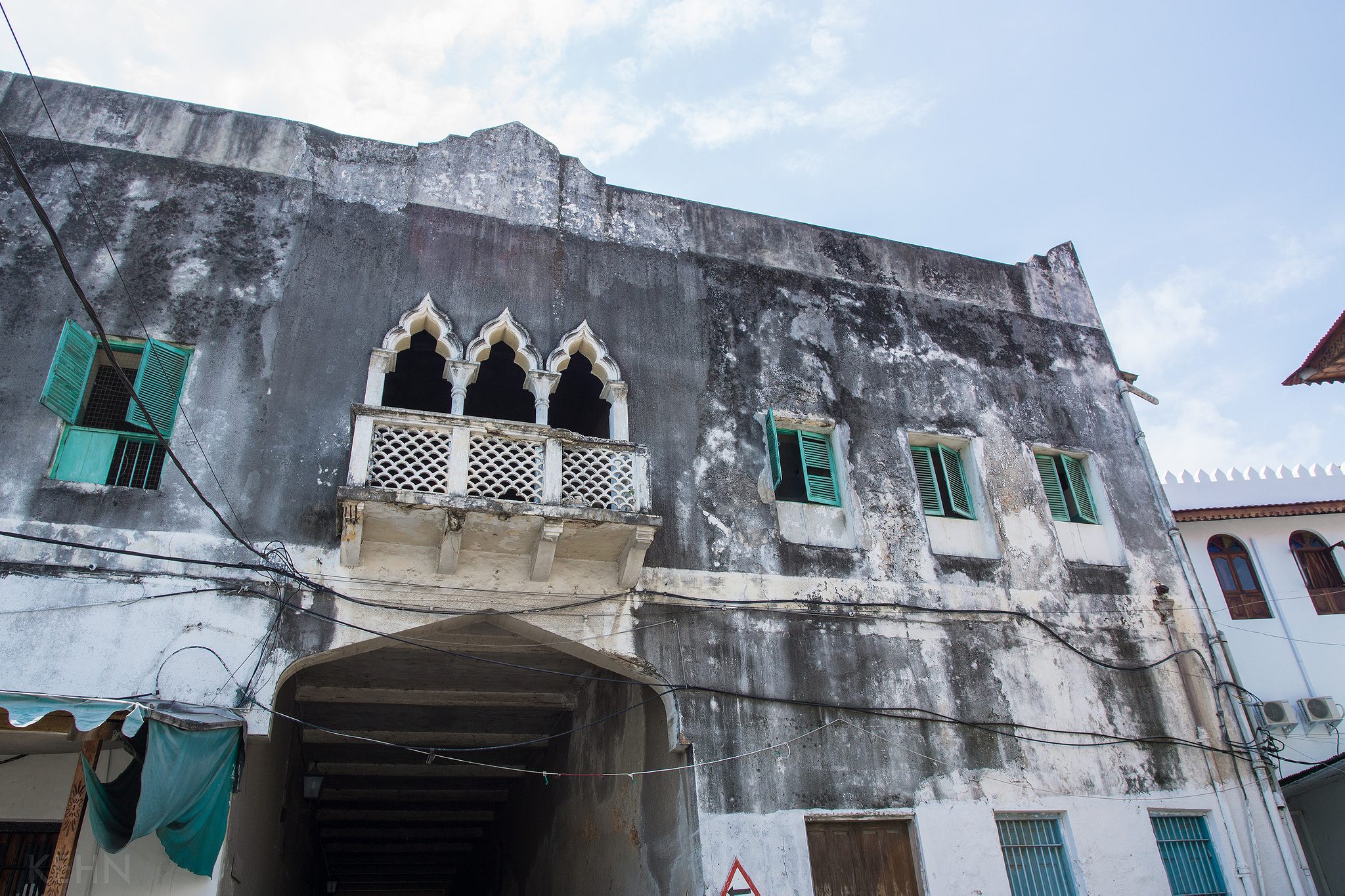

Island life is slow. In Zanzibar, life moves pole pole – Swahili for slow. Things in Zanzibar don’t always make sense, don’t always work, or can take a while. It’s important to enjoy the calm chaos and take a cue from the unhurried pace. Your smoothie might take 45 minutes to show up, but it will be delicious and worth the wait. Lazuli, a tiny but wonderful restaurant in Stone Town is a good place to experience this.
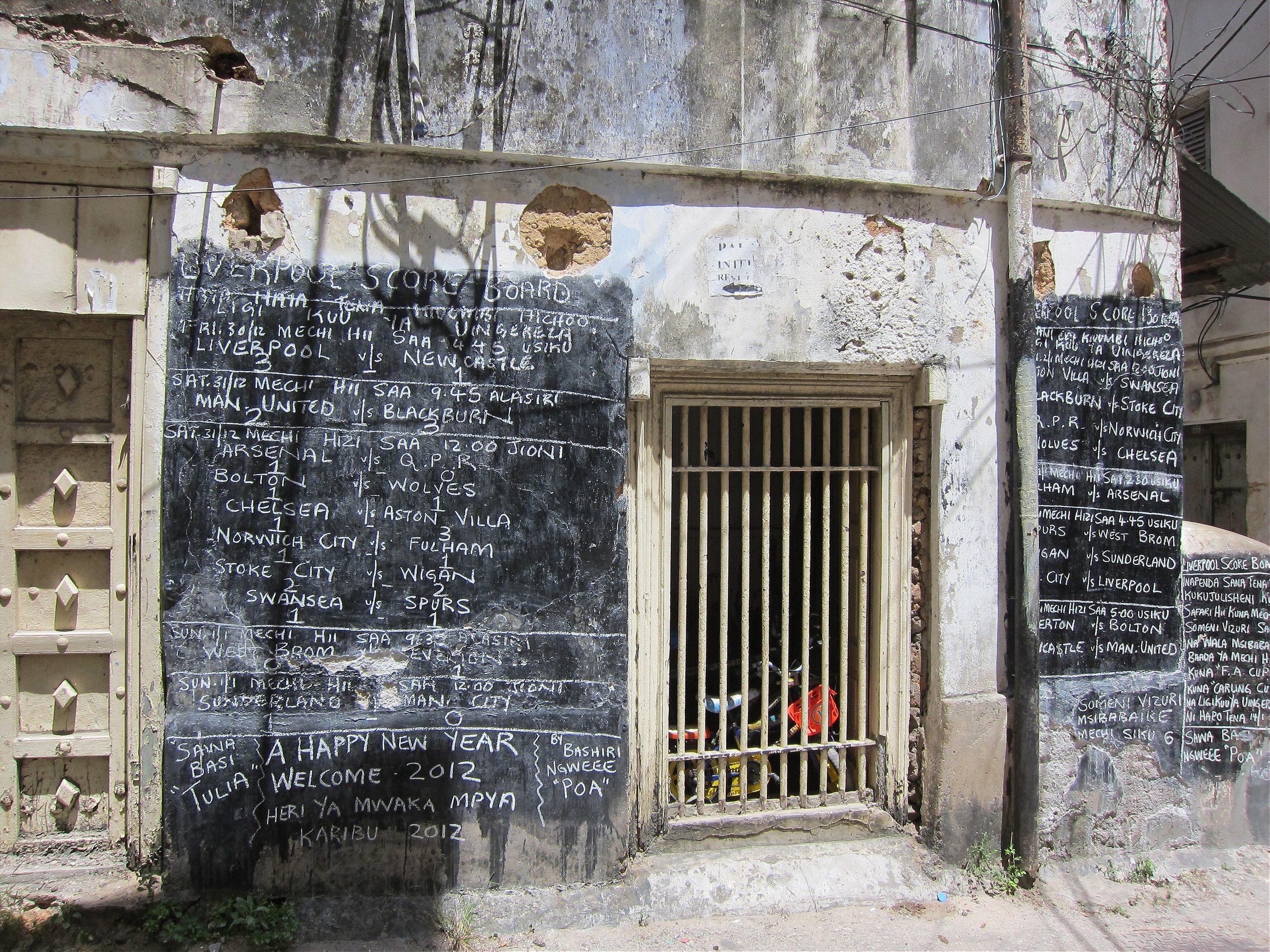

Choose your own adventure. Zanzibar has become host to a handful of East Africa’s most posh luxury resorts, which can be a jarring contrast to what is an otherwise quiet, economically-challenged island (the average Zanzibari makes less than $1 a day). If you’re looking for a beach escape with other Westerners, head north to Nungwi and Kendwa, where you’ll find the same all-inclusive packages and beach discos you’ll find in most other warm parts of the world. For a slightly more Zanzibari experience, try quieter towns like Bwejuu or Jambiani where your slice of island paradise is mixed with the rhythms of village life.

Zanzibar has two rainy seasons. Every year, there are the long rains and the short rains. On the heels of the blazing and seriously sweaty East African summer, Zanzibar’s long rainy season lasts roughly from March until May. Booking a trip during this period if you’re set on a beach holiday is not a good idea; the islands get hit with some pretty epic monsoons that will quite literally dump on your beach time. The short rains generally take place between November and December, but aren’t nearly as intense—they tend to show up in short and torrential bursts, then quickly fade back to blue skies.
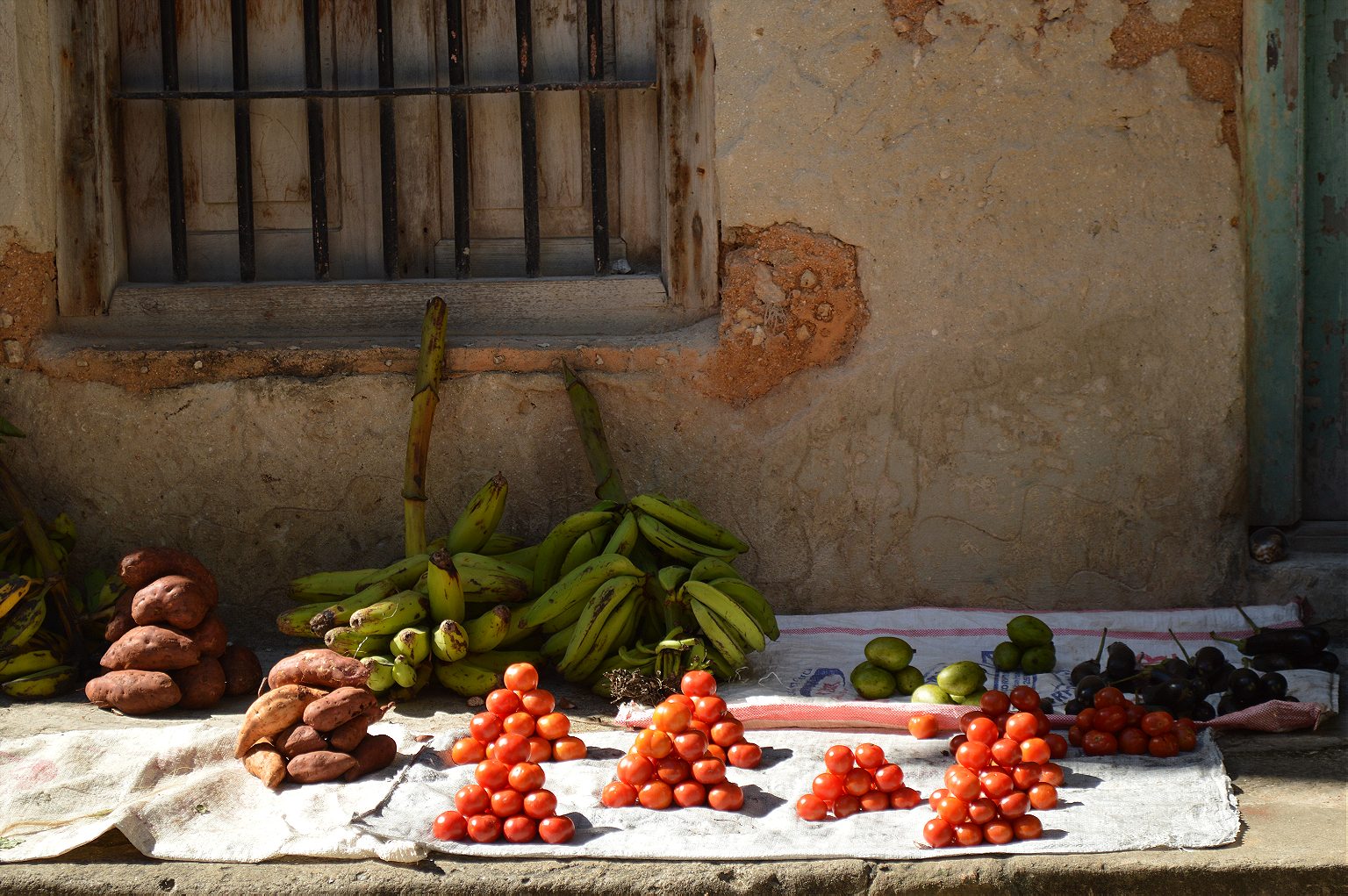

Taste the world. Zanzibar has had many rulers over the centuries, and its long, tragic history has created one of Africa’s most interesting cuisines. This is the original fusion food, a delicious mash-up of Indian, Arab, Chinese, Portuguese and African cooking traditions, all driven by the constant presence of spice (these are known as the Spice Islands, after all, where cloves, cinnamon, black pepper and nutmeg come straight from the source.) Try African ugali, Indian chapatti, Swahili curries, and eat as much fresh seafood as humanly possible. Look for island specialties like octopus curry and urojo, a turmeric and coconut-based soup with crispy fritters and spiced potatoes that seems to have the island’s entire history contained within its broth. If you want to try these recipes at home, head to Darajani market, the main Bazaar, where locals shop for groceries – but get there early, before the heat rolls in.
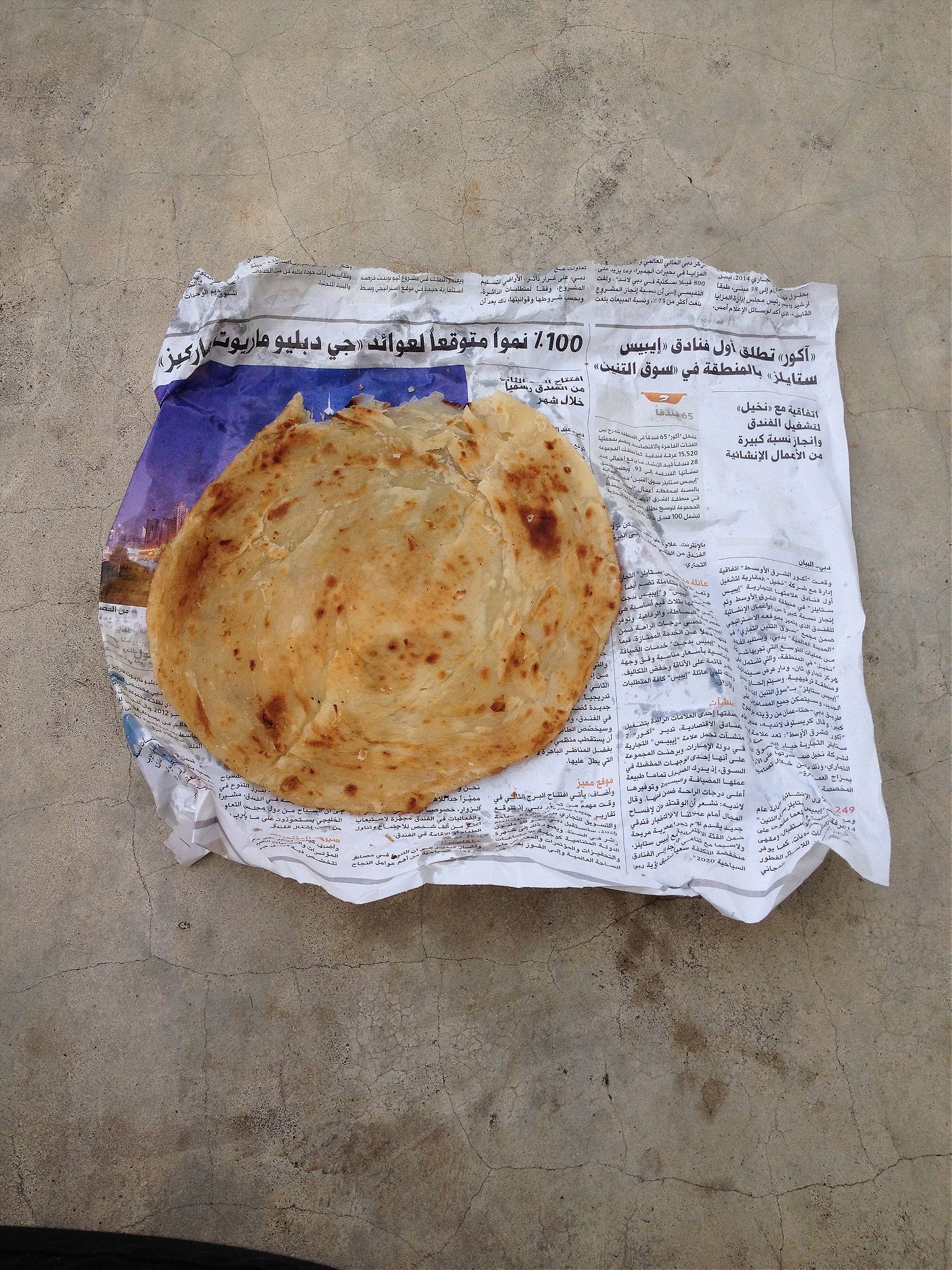

Egg yolks are white, not yellow. Across Zanzibar, and many parts of mainland Tanzania, breakfast options are egg white or egg white—even when the yolk is included. There’s nothing wrong with them, it’s just that yolks are never a sunny yellow. They don’t taste different; chickens here feed on a grain that makes them produce monochrome eggs. The sorghum chickens eat across Tanzania has less pigmentation than the yellow maize fed to chickens in other parts of the world.

BYO common sense. In Zanzibar, it’s possible to drink, and it’s fine to wear beach clothes in the right places. That said, there are times and places when neither is appropriate. Skimpy clothing and drunken slurring through Stone Town is best avoided. There are a few bars in Stone Town, and you can drink in tourist and ex-pat restaurants and in fancier hotels in town and on the coast, but remember that the waiter serving you probably does not drink, so cut them some slack if their wine-bottle opening isn’t the most graceful. There are only a couple stores in Stone Town that sell booze, and it’s a good idea to bring your own bag so you’re not brandishing a bottle of gin on the streets.


Take time for tea. Drinking culture is not just for rooftops and beach bars. The local tea scene is a good way to meet people that actually live on the islands, not simply passing through. Try the tangawizi (ginger) chai, and add vanilla if possible. Grabbing a mug of hot and spicy tea on the side of the road is a good way to people watch. Most tea stands or carts start serving once the sun has gone down. If you’re in Stone Town, ask around for the nearest Babu Chai, and someone should be able to point you in the right direction.

There are no lions, elephants, or giraffes. Tanzania is known for its breathtaking safaris, but this is not the Serengeti: the wildlife is all underwater. If you make it to the islands, try and hit up one of the many dive centers offering scuba diving training courses, and of course views of the Indian Ocean life and coral. But be warned that overfishing and a lack of environmental oversight have compromised many of Zanzibar’s best reefs. Some of the best snorkeling can be had on Chumbe Island, a protected marine park about a ten-minute drive and 45-minute boat ride out of Stone Town. The day trip is considerably more expensive than the cheap packages offered on the street, but the money goes to paying a world-class staff of locals and to restoring some of Zanzibar’s more fragile ecosystems. (Not to mention an incredible lunch and some of the best snorkeling in East Africa.)
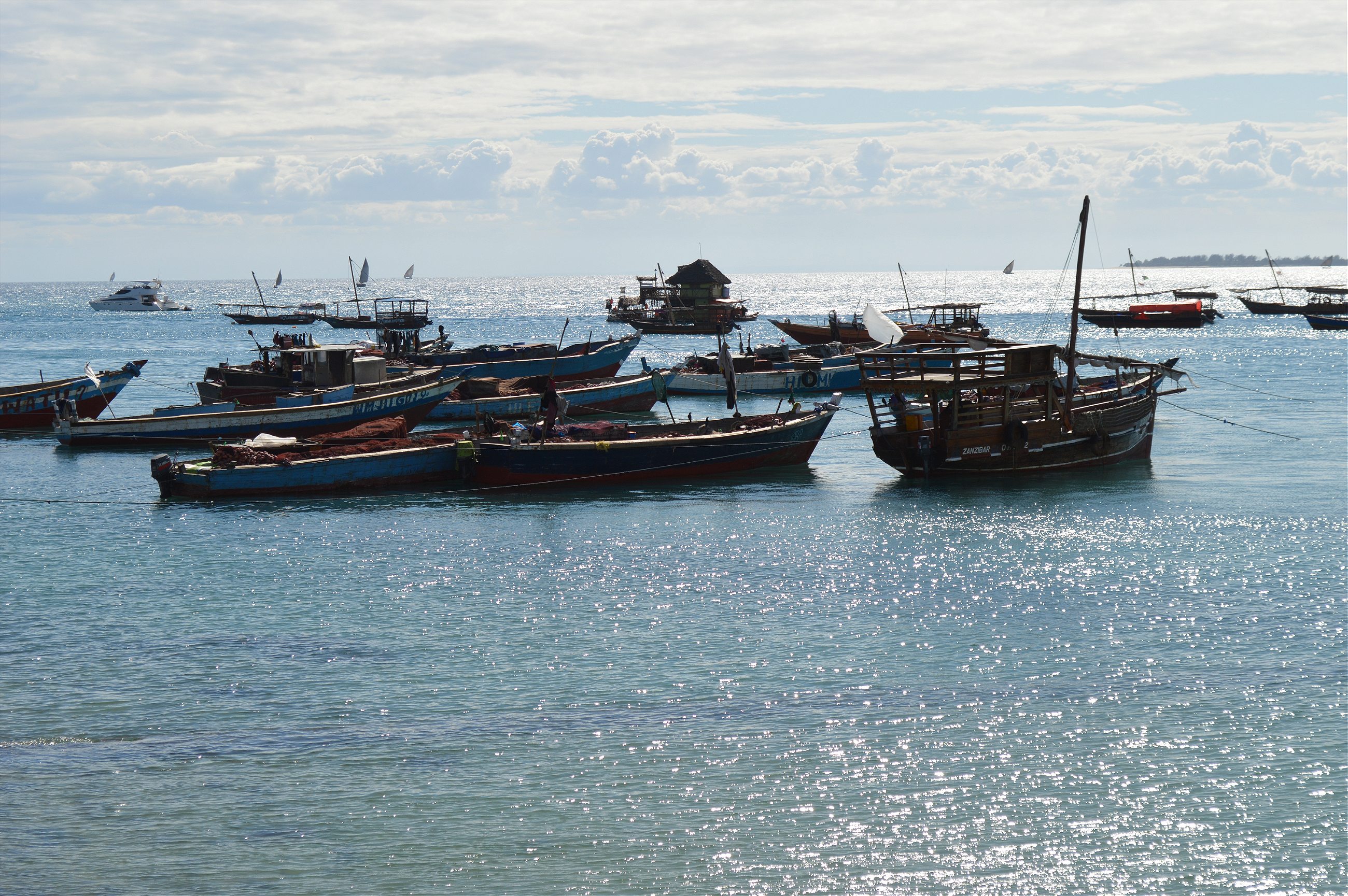

Come out at night. Stone Town can look spooky at night when you first arrive—the dimly-lit collection of narrow streets and back alleys doesn’t exactly invite aimless wandering by the uninitiated. But don’t let the eeriness and travel advisories calling for extra caution after dark keep you confined to your room after sundown. Stone Town is bustling with life in the evenings, with kids out playing, couples strolling, and everywhere people feasting. The central park-turned-night market, Forodhani Gardens, is packed with locals and tourists sampling the couple dozen fresh food stalls. Skip the skewers of shellfish, which may have been sitting out all day, and opt for grilled Indian spiced chicken and Zanzibar pizza, chased with fresh sugar cane juice.
